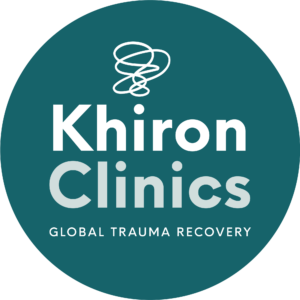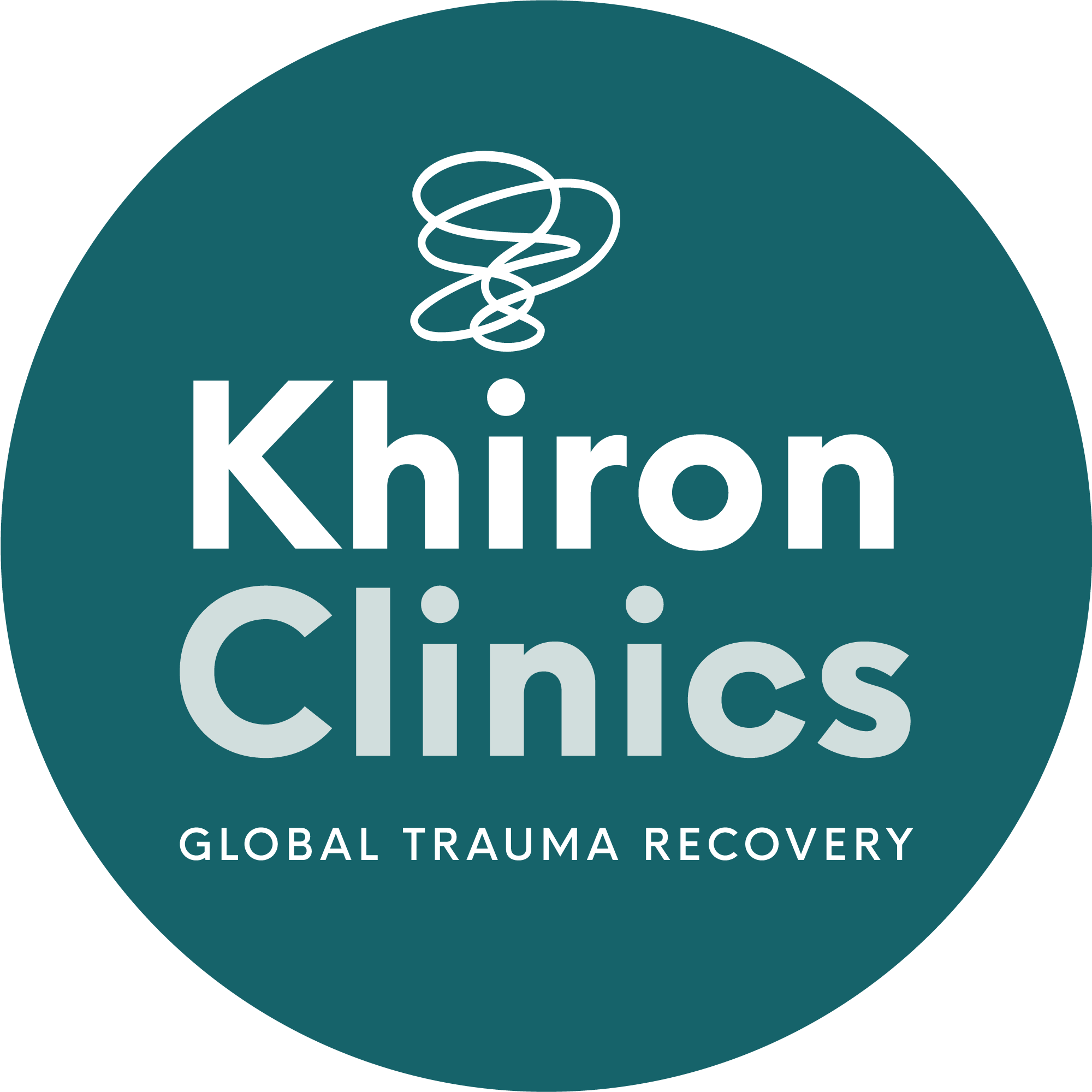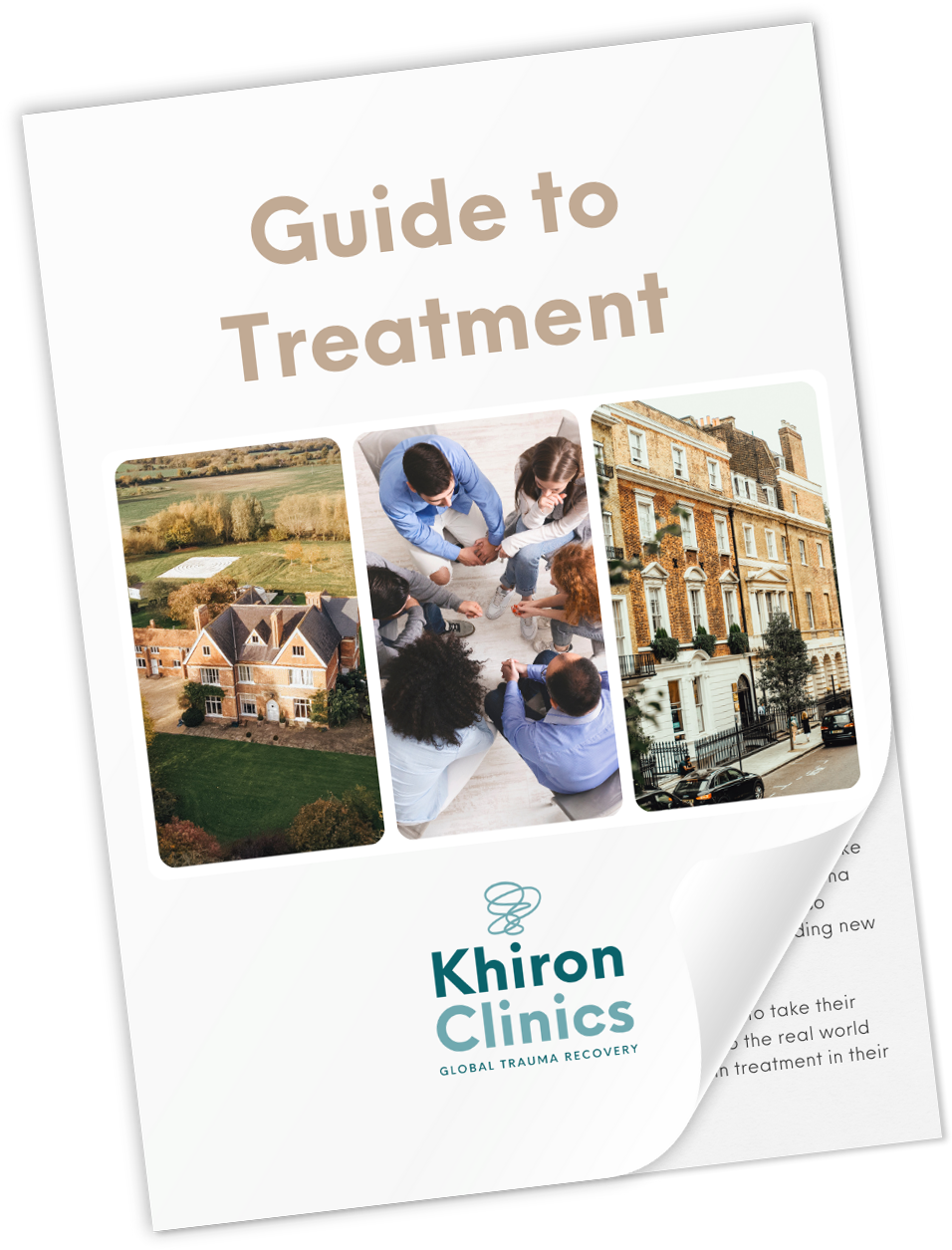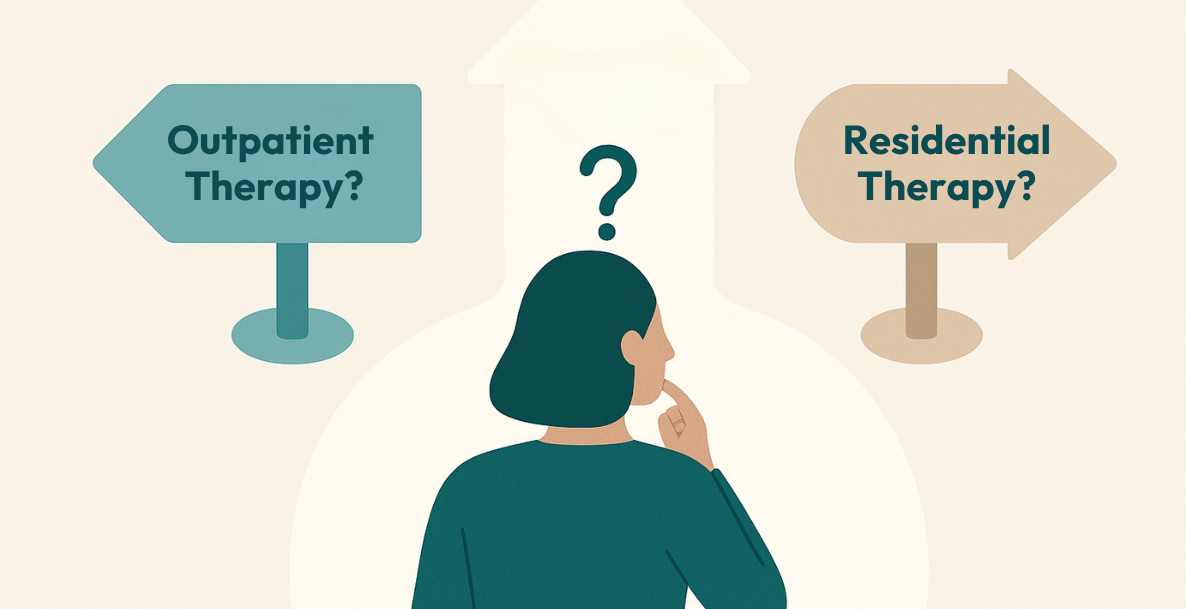When you’ve been through something traumatic, it can leave deep marks that influence how you react to future challenges. Research has shown that going through trauma early in life can make you more vulnerable to developing posttraumatic stress disorder (PTSD) if you encounter new traumas later on. For example, research has shown that veterans who had difficult childhoods were more likely to struggle with PTSD after their service in Vietnam.[1]
This heightened vulnerability is often linked to dysregulation in the nervous system. Trauma can disrupt the body’s natural ability to regulate stress, leading to an overactive or hypersensitive stress response. When someone has experienced trauma, their nervous system may remain on high alert, even long after the danger has passed.
This state of constant vigilance can make it harder for the body and mind to respond to new stressors in a healthy way. As a result, when a person with a history of trauma faces a new challenging situation, their nervous system may overreact, triggering intense anxiety, flashbacks, or other PTSD symptoms. This dysregulation can make it difficult to process and recover from new traumas, creating a cycle where each new stressor exacerbates the existing wounds, making healing an even greater challenge.
Despite this, recovery, healing and growth are possible. A dysregulated nervous system, resulting from previous or ongoing stress or trauma can wreak havoc on daily life, making neutral settings seem threatening, and causing a range of physical and psychological symptoms. Getting to the root of these issues requires a range of approaches, from talk therapies to somatic approaches to identify the source of the dysregulation and process the trauma that is causing disruption.
Emerging Research On The Risk of Trauma
There have been several studies looking at how earlier traumatic experiences might increase the risk of PTSD from new events in everyday people, not just veterans.[2] One specific study involved a large, diverse group of people from the Detroit area, who shared their entire history of traumatic events and any PTSD symptoms they experienced. The findings of this research project were clear: if someone had been through trauma before, especially violent trauma, they were more likely to develop PTSD after experiencing another traumatic event. This risk was even greater if the earlier trauma happened during childhood or if the person had endured multiple traumatic events throughout their life.2
One of the most important takeaways from the study is that the impact of earlier trauma doesn’t fade with time. The pain from past experiences can linger and make it harder to cope with new stressors, even years later if it is not addressed. This research underscores how long-lasting the effects of trauma can be and suggests that those with a history of trauma might need extra support to handle future challenges.
Understanding The Connection: How Trauma Affects Us
At its essence, trauma is the disconnection from yourself and the present moment caused by overwhelming stress or a perceived threat – the result of an unconscious process that has aided in human survival for hundreds of thousands of years. Viewing trauma this way allows us to release the shame, judgment, and guilt that often accompany it. It also opens up more avenues for treatment.
Trauma is the body’s unfinished response to an overwhelming threat that leaves us feeling helpless, trapped, and unable to cope. When we’re faced with a situation where we can’t fight back, escape, or even appease, our bodies may enter a freeze state. This frozen reaction can occur in situations ranging from physical confinement, like child neglect or sexual abuse, to emotional entrapment, such as workplace bullying or emotional abuse. The key to healing trauma lies in addressing these unfinished defensive reactions.
During a traumatic experience, our brain and body switch into survival mode—fight, flight, or freeze—releasing stress hormones like adrenaline and cortisol. These intense feelings and sensations can become “trapped” in our minds and bodies, lingering long after the event. It’s important to understand that trauma isn’t just in what happened to us, but in how our bodies respond to it.
Trauma alters the brain’s functioning, especially in how it processes memories. Memories of the traumatic event can become fragmented, leading to symptoms like hypervigilance, flashbacks, and emotional numbness. Even when the danger has passed, the body can continue to react as if we are still in peril, a response known as being ‘triggered.’
If we can’t fight or flee during the trauma, the stress response energy can become trapped in our nervous system, potentially leading to chronic conditions like Irritable Bowel Syndrome (IBS) and fatigue, or manifesting as physical pain in areas like the jaw, shoulders, or abdomen. For example, someone who survived an assault but couldn’t escape may later experience unexplained physical pain. This pain often reflects the body’s unresolved defensive impulses, which remain until they are processed and released through trauma healing.
This connection between feeling trapped and completely unable to escape, the freeze response, and trauma can be shown in the data on what events are more or less likely to result in a diagnosis of PTSD. While there can be a variety of factors that influence the diagnosis,
Research shows that sexual trauma is one of the most significant triggers for developing posttraumatic stress disorder (PTSD) compared to other types of trauma.[3] It also tends to result in more severe emotional challenges like depression and anxiety.[4] Experiencing sexual trauma can make it even more likely that you’ll struggle if you go through another traumatic event later on, such as a car accident. Since most people will face at least one traumatic event in their lives, the chances of encountering another trauma after experiencing sexual trauma are high. While recent studies have looked at how trauma affects the brain, we still don’t fully understand how previous sexual trauma might influence the way someone responds to new traumatic experiences.
Recovering From Additional Trauma and PTSD
A combined “top-down” and “bottom-up” therapeutic approach is essential, focusing on both understanding and processing bodily feelings. Khiron Clinics specialises in Polyvagal-informed therapy, working directly with the nervous system to address the root causes of mental health issues, and helping survivors manage overwhelming emotions, develop healthier coping skills, and find a path to true healing and emotional regulation.
Sources:
[1] Breslau, N., Chilcoat, H. D., Kessler, R. C., & Davis, G. C. (1999). Previous Exposure to Trauma and PTSD Effects of Subsequent Trauma: Results From the Detroit Area Survey of Trauma. American Journal of Psychiatry, 156(6), 902–907.
[2] Schock, K., Böttche, M., Rosner, R., Wenk-Ansohn, M., & Knaevelsrud, C. (2016). Impact of new traumatic or stressful life events on pre-existing PTSD in traumatized refugees: results of a longitudinal study. European Journal of Psychotraumatology, 7(1).
[3] Alves AC, Leitão M, Sani AI, Moreira D. Impact of Sexual Abuse on Post-Traumatic Stress Disorder in Children and Adolescents: A Systematic Review. Social Sciences. 2024; 13(4):189.
[4] Chivers-Wilson KA. Sexual assault and posttraumatic stress disorder: a review of the biological, psychological and sociological factors and treatments. Mcgill J Med. 2006 Jul;9(2):111-8. PMID: 18523613; PMCID: PMC2323517.






